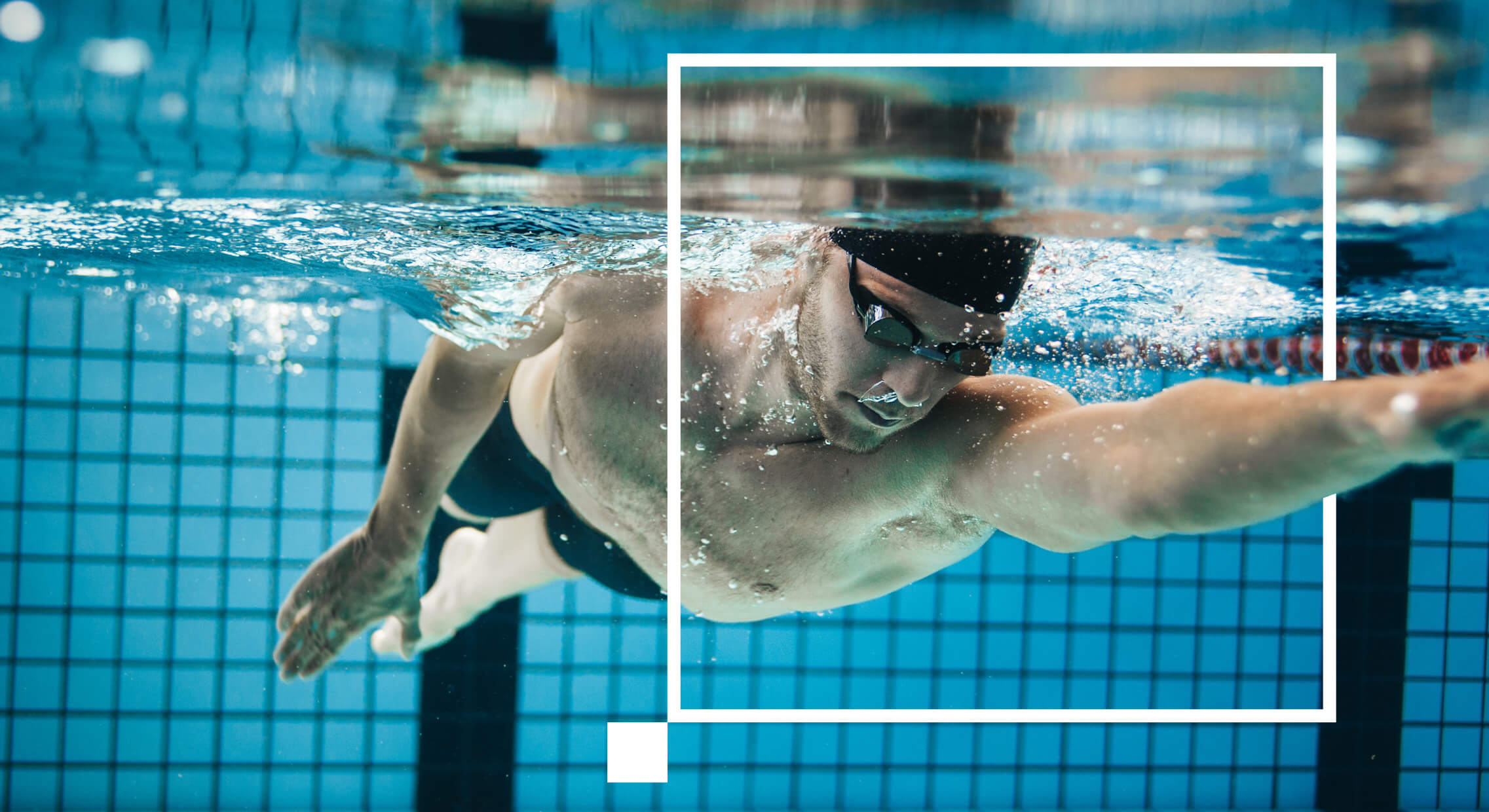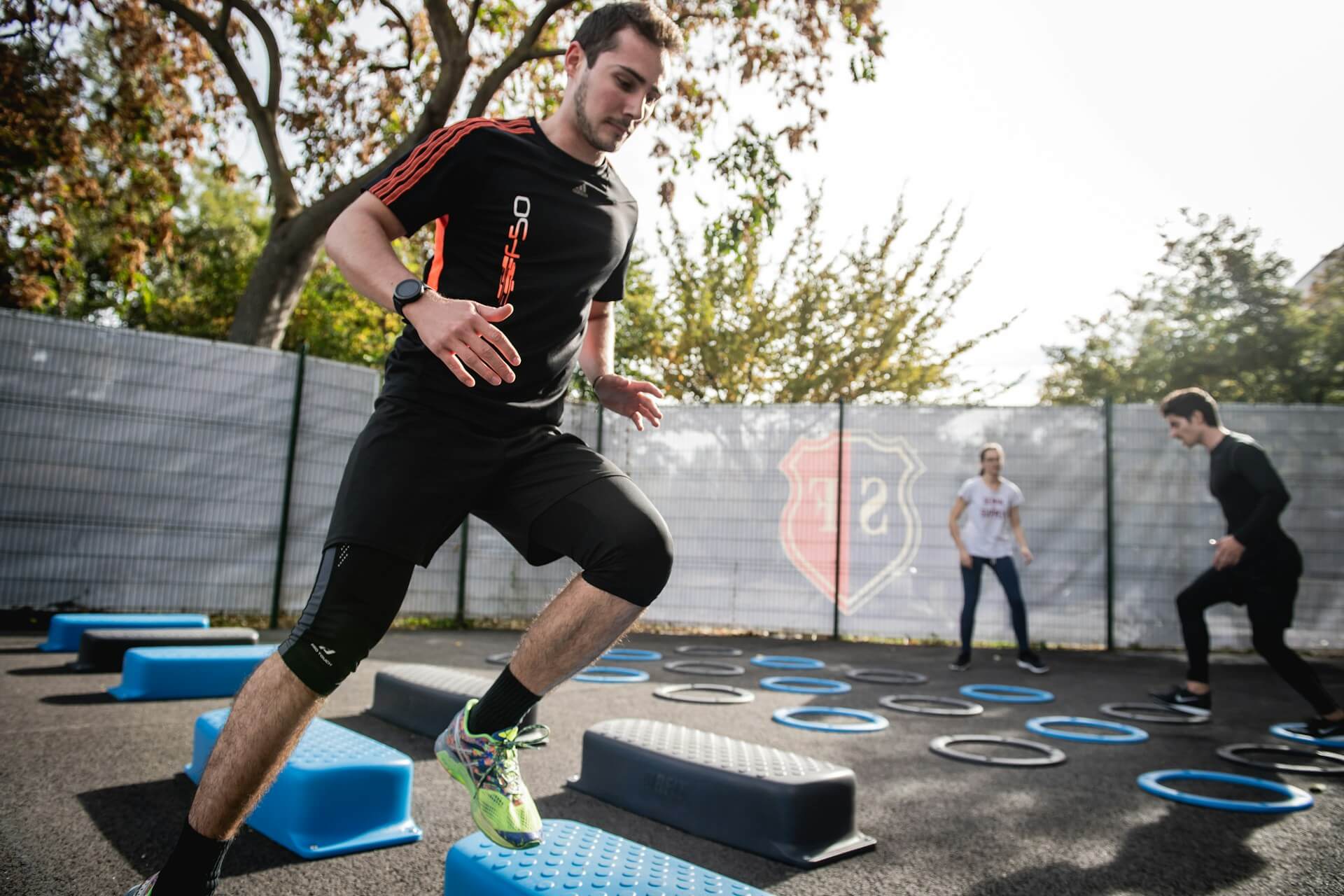7 Swimming Workouts to Try This Summer
Jun 03, 2022

As an Amazon Associate, Modded gets commissions for purchases made through links in this post.
Swimming is an extremely effective low-impact exercise that doesn’t get its due credit. With June already here and the dog days of summer fast approaching, now is your chance to give this timeless water activity a try. Here are the benefits of swimming and seven swimming workouts you should try this summer.
Benefits of Swimming
We call swimming a low-impact activity because it doesn’t put much strain on your body. Even though you’re technically exercising, the water takes some stress off your joints. Many therapeutic and rehabilitation activities take place in swimming pools for this reason. The water’s resistance makes moving more difficult, but it simultaneously relieves pressure/
Swimming is also a full-body exercise, no matter your technique. It recruits all of your muscles, including your feet, neck and everything in between. As a result, it can improve your functional strength, coordination, balance and posture. Your respiratory and cardiovascular systems also get good workouts from swimming, improving your lung and heart health.
However, perhaps the best aspect of swimming is that it’s thoroughly enjoyable. Other low-impact activities like walking and cycling feel like chores most of the time, while people of all ages and fitness levels can have fun while swimming. It’s a leisurely exercise – a paradox of the best variety.
Swimming Workouts
Before we dive into the workouts, we need to clear something up. One swimming motion is not equal to another in terms of calories burned. One hour of swimming can burn anywhere between 300 and 1000 calories, which is a wider range than most workouts of similar intensity. Your weight and fitness level also impact the bottom line.
Since it’s nearly impossible to calculate the calories burned yourself, consult this calories-burned chart that accounts for swimming strokes and all the other contributing factors. With these conditions established, you can determine which of the following swimming workouts will be most effective for you. We ranked the workouts from least to most challenging to help you choose.
1. Traditional Swimming Class
If your gym or another local facility has a pool, try taking a traditional swimming class. The class will take you through proper swimming stroke techniques, including the following:
- Freestyle/front crawl
- Breaststroke
- Backstroke
- Butterfly
- Sidestroke
Some classes also you specific emergency water procedures, such as saving a friend from drowning and creating a flotation device out of your clothing. Any introductory class you take will have a moderate pace and low intensity, so we recommend this option for beginners or those recovering from injuries.
2. Water Aerobics
Water aerobics is another great swimming workout for seniors, rehabbing individuals and people with low fitness levels. You should purchase some water weights, hand paddles and a kickboard. Armed with these pieces of equipment, you can perform a wide variety of water aerobics exercises independently or with a group. Here are some of the most popular activities:
- Water walks
- Leg kicks
- Arm/leg lifts
- Jumping jacks
- High-knees
- Back wall glides
Most of the names are pretty self-explanatory, except for back wall glides. For that exercise, you hold onto the pool ledge, tuck your arms and legs close to your body, then spring off from the wall with your feet and float on your back for as long as possible.
3. Interval Style
The interval workout style is popular among swimming athletes because they can adjust the difficulty as they improve. Here’s a standard template:
- Four laps, with 30 seconds rest between each.
- Eight laps, with 30 seconds rest between each.
- Four kickboard laps, with 15 seconds rest between each.
- Eight kickboard laps, with 15 seconds rest between each.
You can adjust the number of laps and the rest time based on your fitness and experience. Just make sure you keep the same overall structure of bouncing between low reps and high reps. This interval style improves conditioning and practically guarantees improvement if you commit to a long-term plan.
4. Swim/Walk Combo
Many people prolong their swimming workouts by executing a swim/walk combination. They rotate between swimming laps and walking laps, keeping their bodies moving for long stretches and thus burning more calories and improving endurance. If your pool has a deep end that doesn’t allow you to walk the full distance, hop out and walk on the side instead.
5. Pyramid Style
The pyramid style is a popular exercise method for weight lifting, but the style also translates to the swimming pool. This template is as simple as it gets:
- Swim one lap, then rest for 30 seconds.
- Swim two laps, then rest for 30 seconds.
- Swim three laps, then rest for 30 seconds.
You get the idea. Increasing the workout’s difficulty as you get more tired will push your body to new capabilities you didn’t know you had.
6. The Big M
This workout gets its name from the distances you swim with each set. You start at 100 yards (about two laps for most swimming pools), then add another 100 for each set until you reach 500. Drop down to 400 and 300 again, then work up to 500 again and scale back to 100. At the end of the workout, your swimming distance pattern will resemble a large M.
This workout equates to 13 total swims. Follow the ‘M’ pattern and rest for 30 seconds to one minute between sets. The longer swims are no joke, but at least you get somewhat of a break in the middle.
7. Ironman Swim
The Ironman swim is one of the most challenging swimming workouts anyone can do. It’s a 2.4-mile swim (approximately 4000 yards) and one-third of the Ironman Triathalon, which thousands of athletes try every year. Swimming is also considered the most difficult and dangerous part of the triathlon, which shouldn’t surprise anybody.
You can complete the challenge in a swimming pool, but you’re not allowed to touch the ledges, floor or lane guards. You must remain afloat without support the whole time. Lakes and beaches are better options for this reason. If one of these bodies of water is available, choose a windless, sunny day to get the most optimal water conditions.
We only recommend this challenge for experienced swimmers who have experience with long-distance swims, but everyone should have a friend supervising them in case something goes wrong. NEVER swim in deep water alone.
Hop in the Water This Summer
Swimming is a classic summer pastime, but it’s also a legitimate exercise with benefits for people of all ages and abilities. It improves our heart and lung health, aids in recovery and improves our strength and coordination. Hop in the water this summer and try one of these fun swimming workouts!






